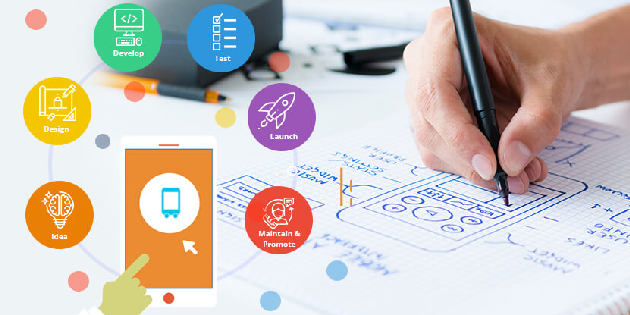×
Mobile Application Development is the process of creating software applications that run on mobile devices like smartphones and tablets. In this course, you will learn how to develop mobile apps for both Android and iOS platforms. You will explore various development frameworks, UI/UX design principles, API integration, database management, and app deployment. By the end of this course, you'll have the skills to create functional, user-friendly mobile apps using modern development tools.
